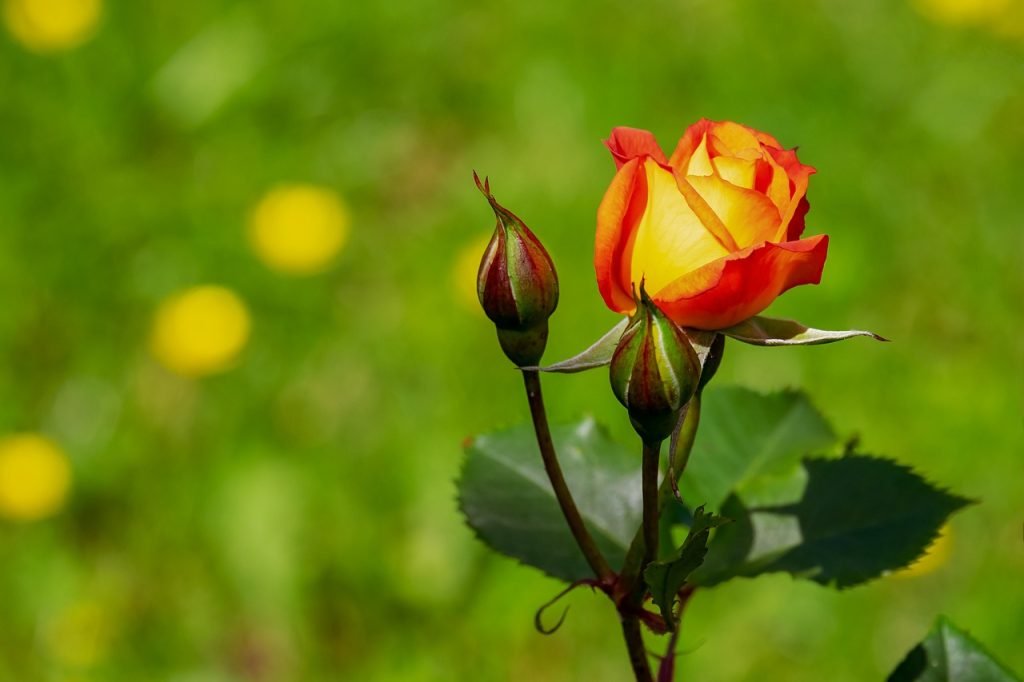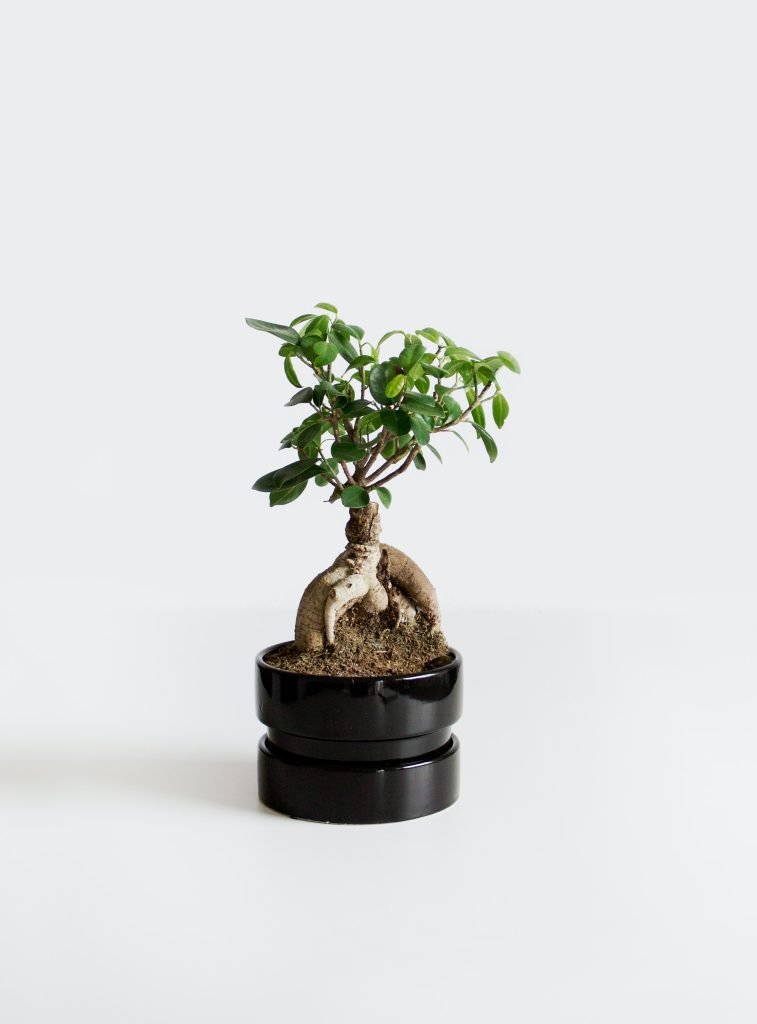Welcome to your journey into the enchanting world of fragrant roses! Whether you’re a novice gardener or have a seasoned green thumb, growing these aromatic beauties can transform any garden into a fragrant paradise. In “How Do I Successfully Grow And Care For Fragrant Roses?” you’ll discover expert tips on selecting the best rose varieties, preparing the perfect soil, and mastering the art of pruning. This guide is filled with practical advice and heartwarming insights to help you nurture your roses to their fullest, ensuring they thrive and delight your senses throughout the seasons. How do I successfully grow and care for fragrant roses? If you’ve ever strolled through a garden and been captivated by the intoxicating scent of roses, you’re not alone. Growing your own fragrant roses can be a deeply rewarding experience, adding beauty and a lovely aroma to your outdoor space. Whether you’re a novice gardener or a seasoned horticulturist, this guide will walk you through everything you need to know to cultivate exquisite, fragrant roses.

This image is property of pixabay.com.
Choosing the Right Varieties
Why Fragrance Matters
The allure of fragrant roses isn’t just their beauty; it’s also the pleasant scent that can transform any garden into a sensory delight. Different rose varieties offer different levels of fragrance, and selecting the right one can enhance your overall gardening experience.
Popular Fragrant Rose Varieties
Here are some popular fragrant rose varieties you can consider:
| Rose Variety | Flower Color | Fragrance Level | Growing Zone |
|---|---|---|---|
| ‘Madame Isaac Pereire’ | Deep Pink | Intense | 5-9 |
| ‘Mister Lincoln’ | Red | Strong | 5-9 |
| ‘Double Delight’ | Cream and Red | Strong | 5-9 |
| ‘Gertrude Jekyll’ | Pink | Strong | 4-8 |
| ‘Evelyn’ | Peach | Intense | 5-9 |
How to Choose
When selecting a variety, consider aspects such as your local climate, soil type, and the specific characteristics you desire. If you have limited space, miniature varieties can also offer delightful fragrance and beauty.
Preparing the Soil
Importance of Soil Quality
Good soil is the foundation of successful rose gardening. Without proper soil preparation, even the most diligent care won’t yield the best results.
Soil Testing
Before planting, it’s crucial to test your soil’s pH and nutrient levels. You can use an at-home test kit or send a sample to a local agricultural extension office.
Amending the Soil
Based on your soil test results, you may need to amend your soil to optimize conditions for rose growth. Most roses prefer slightly acidic to neutral pH levels (6.0-7.0). Adding compost or well-rotted manure can improve soil texture and fertility.
Planting Your Roses
When to Plant
In most regions, the best time to plant roses is in the early spring or late autumn when temperatures are mild.
Spacing
Proper spacing ensures good air circulation, which is vital for keeping diseases at bay. Generally, space your rose bushes about 2 to 3 feet apart.
Planting Steps
- Dig a Hole: Ensure it’s wide and deep enough to accommodate the root ball.
- Add Compost: Mix in some compost or aged manure.
- Position the Rose: Place the rose in the hole, making sure the graft union is just above the soil surface.
- Backfill: Fill the hole with the amended soil, tamping it down gently.
- Water: Thoroughly water the plant to settle the soil around the roots.
Watering Tips
Watering Frequency
Watering your roses properly is essential for their growth and flowering. During the growing season, roses typically need about 1-2 inches of water per week.
Best Practices
- Deep Watering: Ensure water penetrates the root zone by watering deeply.
- Morning Watering: Try to water in the morning to allow the foliage to dry out, which helps prevent fungal diseases.
- Avoid Overwatering: Waterlogged soil can cause root rot and other issues.

This image is property of pixabay.com.
Fertilizing Your Roses
Essential Nutrients
Roses are heavy feeders and require a balanced diet of essential nutrients. The primary nutrients are nitrogen (N), phosphorus (P), and potassium (K), but trace elements are also vital.
Fertilizing Schedule
Here’s a general fertilizing schedule:
| Time of Year | Fertilizer Type | Notes |
|---|---|---|
| Early Spring | Balanced fertilizer (e.g., 10-10-10) | Apply when new growth begins |
| Mid-Spring | Balanced fertilizer | A second feeding about 4-6 weeks after the first |
| Early Summer | Fertilizer with more potassium (e.g., 5-10-10) | Enhances bloom production |
| Late Summer | Balanced fertilizer | Avoid high-nitrogen fertilizers this late in the season |
Organic vs. Synthetic
Organic fertilizers like compost, fish emulsion, and bone meal provide slow-release nutrients and improve soil health. Synthetic fertilizers offer quick results but should be used sparingly to prevent nutrient burn.
Pruning and Deadheading
Why Prune?
Pruning helps shape the plant, promotes healthy growth, and enhances blooming. Deadheading encourages more flowers by removing spent blooms.
Pruning Guide
- Tools: Use sharp, clean pruning shears to make precise cuts.
- Timing: Prune in late winter or early spring before new growth starts.
- Technique: Cut at a 45-degree angle just above an outward-facing bud. Remove dead, damaged, or diseased wood first.
Deadheading Steps
- Identify Spent Blooms: Look for faded or dead flowers.
- Cut Back: Snip the stem above the first set of healthy, five-leaflet leaves.
- Dispose: Remove the cuttings to prevent disease.

This image is property of pixabay.com.
Pest and Disease Control
Common Rose Pests
| Pest | Symptoms | Control Methods |
|---|---|---|
| Aphids | Small, green insects on new growth | Insecticidal soap, natural predators like ladybugs |
| Spider Mites | Discolored, stippled leaves | Horticultural oil or miticide |
| Japanese Beetles | Skeletonized leaves and petals | Handpicking, neem oil |
Common Diseases
| Disease | Symptoms | Control Methods |
|---|---|---|
| Black Spot | Black spots on leaves, yellowing | Fungicide, remove affected leaves |
| Powdery Mildew | White, powdery coating on leaves | Fungicide, increase air circulation |
| Rust | Orange or yellow spots on leaves | Fungicide, remove affected leaves |
Integrated Pest Management (IPM)
IPM combines various strategies to control pests and diseases while minimizing environmental impact. This includes monitoring your plants regularly, using resistant varieties, and applying biological controls.
Winter Care
Preparing for Winter
Winter can be harsh on roses, especially in colder climates. Proper preparation can help your roses survive and thrive come spring.
Steps for Winterizing Roses
- Stop Fertilizing: Cease fertilizing about six weeks before the first expected frost to allow the plants to harden off.
- Prune Lightly: Trim long canes to prevent wind damage.
- Mulch: Apply a thick layer of mulch around the base to insulate the roots.
- Cover: Use burlap or rose cones to protect the plants from extreme cold and wind.
Supplementary Care
Mulching Benefits
Mulching isn’t just for winter; it offers year-round benefits. A layer of mulch helps retain moisture, suppress weeds, and regulate soil temperature.
Companion Planting
Planting roses with companion plants can enhance their growth and deter pests. Some good companions include:
| Companion Plant | Benefits |
|---|---|
| Garlic | Repels aphids, adds nutrients |
| Lavender | Attracts beneficial insects, deters pests |
| Marigolds | Repel nematodes |
Regular Monitoring
Regular garden walks to check on your roses can help you catch issues early, such as signs of pest infestations or nutrient deficiencies.
Troubleshooting Common Problems
Yellow Leaves
Yellow leaves can be a sign of various issues, including nutrient deficiencies, overwatering, or diseases such as black spot. Conduct a thorough assessment to determine the root cause and apply appropriate measures.
Poor Blooming
If your roses aren’t blooming well, it could be due to insufficient sunlight, improper pruning, or soil nutrient imbalances. Ensure your roses receive at least six hours of direct sunlight daily and review your care practices.
Wilting
Wilting can indicate underwatering, overwatering, or root rot. Check soil moisture levels and adjust watering practices accordingly. Also, inspect the roots for signs of rot or disease.
The Role of Patience and Consistency
Time and Dedication
Growing and caring for fragrant roses requires patience and consistency. It’s a long-term commitment that rewards you with stunning blooms and delightful aromas.
Continuous Learning
Gardening is a continuous learning process. Stay informed by reading gardening books, joining local gardening clubs, and participating in online forums.
Creating a Fragrant Rose Garden Oasis
Landscaping Ideas
Consider integrating your fragrant roses into a larger garden design for a breathtaking display. Combine different varieties for a range of colors and scents.
Enjoying Your Garden
Take the time to enjoy your fragrant rose garden. Whether it’s through creating bouquets, hosting garden parties, or simply taking a quiet moment to smell the roses, the joy of your labor will make all the effort worthwhile.
Conclusion
So, there you have it! Growing and caring for fragrant roses is both an art and a science. By choosing the right varieties, preparing your soil, implementing proper planting and watering techniques, and staying vigilant against pests and diseases, you can cultivate a garden that is as fragrant as it is beautiful. Remember, every rose garden is unique, and part of the joy lies in discovering what works best for you and your plants. So, roll up your sleeves, grab your gardening gloves, and start your journey to growing breathtaking roses today!




